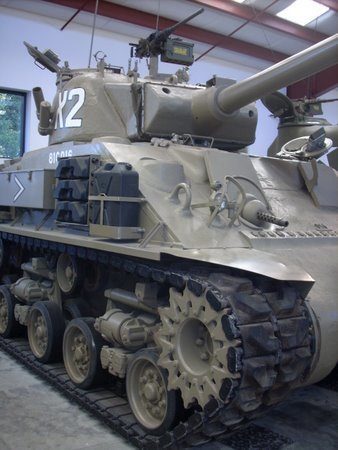Debunking the Gas Email
Yesterday a good friend forwarded to me (and at least a dozen other buddies) an email with this subject line “Interesting news on pumping gas”. Purported to be from a pipeline company worker, it presents, in pseudo industry jargon, four seemingly compelling reasons to squeeze the maximum value out of each dollar spent for gasoline (backed up with a semi-rant on what companies are buying Saudi or Venezuelan oil).
- Only buy or fill up your car or truck in the early morning when the ground temperature is still cold.
- When you’re filling up do not squeeze the trigger of the nozzle to a fast mode, always use the slow setting.
- One of the most important tips is to fill up when your gas tank is HALF FULL or HALF EMPTY.
- If there is a gasoline truck pumping into the storage tanks when you stop to buy gas, DO NOT fill up!
I’ve reduce each exhortation to it’s core claim, but the email goes into convincing (seemingly) detail for all. However a closer look, a little common sense and some investigation shoots down each of these presumably well-intentioned musings.
Item 1: We’ve probably all aware of root cellars and wine cellars – they’re used for their year round constant temperature – and that comes from being underground. In the San Francisco Bay Area the average average annual underground temperature is 60° – coincidentally the temperature at which the gasoline is measured and loaded. The ground surface temperature may vary over the course of the day, but the underground temperature does not fluctuate daily. So if there is an change in the fuel’s temperature, it can only occur during transportation, and should stabilize when dumped into storage tanks.
Item 2. The idea here is that delivering gas on the maximum discharge setting creates more vapor that is then recycled back into the station’s tank on condensation. Perhaps, but we’re talking just a few drops at best. Is it worth hanging around the pump another 5 minutes?
Item 3. First I’m in a quandary as what actually comes first: half-empty or half-full – I guess it’s a chicken and egg thing. Perhaps the author of these tips is really trying to speak to both optimists AND pessimists simultaneously. Whatever – the real (specious) point this bonehead is trying to make is that the lower the fuel level, the greater the propensity is for evaporation. This is LOL funny – unless your gas tank is a pyramid, the surface area for evaporation is probably the same no matter what the fuel level (granted gas tanks shapes have gotten creative since they’ve become molded out of plastic, but you get the point). Plus, since evaporating hydrocarbons are a pollution source, every vehicle sold in the US since 1968 has a sealed fuel system with a mandatory vapor recovery system built in. Most vehicles won’t even run with the gas cap loose. Besides who wants waste twice as much time in a gas station? On second thought there is merit to this claim – it’ll only cost you half as much to fill the tank! That’ll feel good, won’t it?
Item 4. This is only one of the four with some merit – that the ingress of thousands of gallons of fuel will stir up sediment in the storage tanks that in turn could end up in your tank. It may have been true in 1966 but hey, we’re living in modern times; with the advent of fuel injection sophisticated filtration systems are the norm, both on your vehicle and in the stations plumbing. Nothing to worry about here – except perhaps if it’s 6 AM . . . has that tanker driver had his coffee? Is that diesel or regular that he just put in the premium port?
The lesson is that we should all be a bit more more skeptical before we hit that forward button.
For more details on this urban myth (and make it the first place to visit when you get the next forwarded email warning), be sure to check out Urban Legends.



